Deep in the wetlands and mangroves of Costa Rica lies the solution to Costa Rica’s goal to be a carbon neutral country by 2021 – Blue Carbon. Blue Carbon is produced within the ecosystems of mangroves and wetlands. Blue Carbon is a new idea to reduce atmospheric CO2 by conserving mangroves, sea grasses, and salt marshes. The preceding coastal vegetation sequesters carbon very effectively than torrential forests.
Blue Carbon in the mangroves is found in mud, acting as filters that grab the material erosion in the watershed. Some are up to 6 meters deep. These environments are very susceptible to climate change, and are in effect acting as a barrier by absorbing through their roots.
Most of Costa Rica’s mangorves are located in the Pacific region, with about 40% of Costa Rica’s carbon being stored in the Terraba-Sierpe, which holds about 440 tons per hectare – growing on trees and in the soil. Unfortunately, due to new tourism projects springing up all over, the area has lost about 4 thousand hectares of mangroves within the last 20 years.
The Neotropica Foundation launched a “Blue Carbon Community” program last year that is supported by the MINAE and other communities in the Osa Peninsula. Within the organization, there are about 4,000 mangrove trees being preserved.
There is no carbon fixation percentage currently in the wetlands because this is only a recent interest, however a database has now been developed to measure and track the change and growth over time.

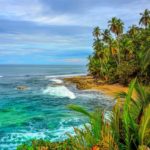
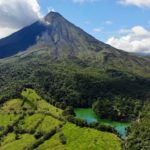

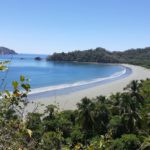

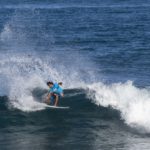

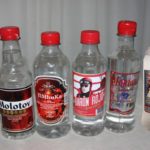


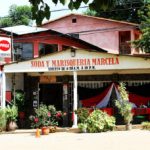
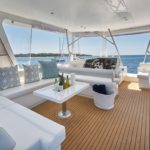










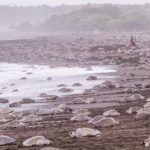
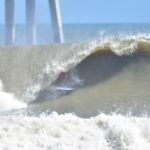


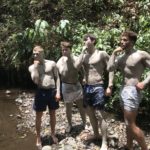


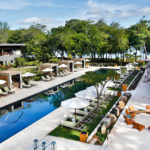


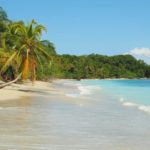
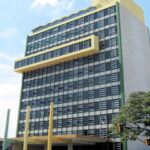

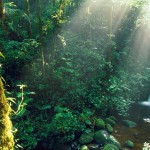





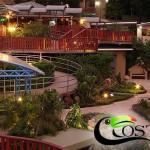






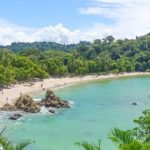
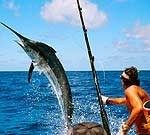
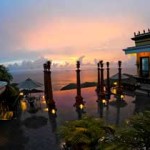




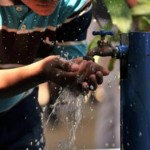







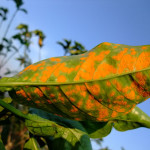

Recent Comments